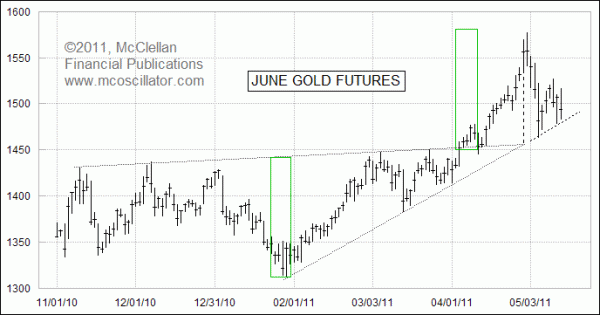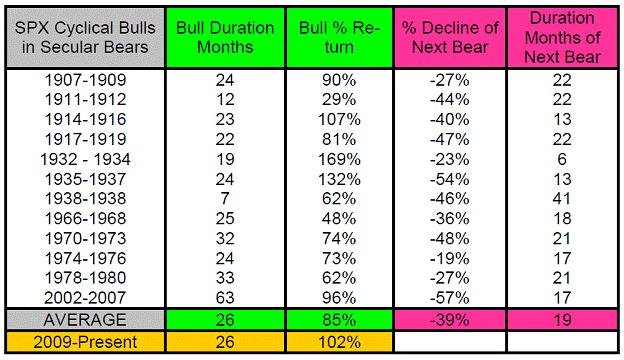By: Jeff_Neal
In 1993, the Chicago Board Options Exchange (CBOE) introduced the CBOE Market Volatility Index. The CBOE Market Volatility Index, known by its ticker symbol VIX, measures the volatility of the U.S. equity market. It provides investors with up-to-the-minute market estimates of expected volatility by using real-time OEX index option bid/ask quotes.
The VIX is calculated by averaging S&P 100 Stock Index at-the-money put and call implied volatilities. The availability of the index enables investors to make more informed investment decisions. Going over the VIX history along with the S&P 100 OEX index it is quite evident that all of the spikes in volatility accompanied market downturns and significant events that affected the market.
This history reveals a great deal about the relationship between market and volatility. There is a definite tendency of the VIX to spike upward during periods of market decline. For example, during the major market decline of October 1987 volatility reached very high levels. Volatility then declined steadily until late 1989. The spike in volatility at that time was the result of the sharp one-day market correction in October.
Another sharp increase in volatility occurred in August and September 1990, the period during which Iraq invaded Kuwait. In January 1991, volatility rose sharply again, just before the initiative led by the United States known as Operation Desert Storm. The last peak in volatility displayed in the chart reflected the downturn in the market, occurring one month before the United States presidential election in November 1992.
The tendency of market volatility to expand during market downturns is clear from this historical account. This relationship is the subject of numerous studies of the options market. Perhaps the best way to understand the relationship between volatility and market declines is to look at the options market form a put perspective.
A put is the option market equivalent of an insurance policy. An investor may purchase a put to insure a sale price for the underlying asset. The seller of a put may be viewed as the equivalent of an insurance underwriter. The put writer accepts a premium in return for accepting a risk, which in this case is ownership of the underlying asset. In the insurance business, premiums rise following significant negative events. In the options business, market volatility, the critical factor in determining put premium levels, increases in periods of market distress.
The same factor that leads to an increase in put premium levels, increased volatility, causes call option premiums to increase at the same time. Thus, put premium levels and call premium levels move together because they are both related to volatility. This relationship is critical to the option strategist. High call premiums during periods of market distress are the opposite of what most investors expect.
A similar pattern would be observed if we looked at a chart of the implied volatility of an individual stock. When looking at an implied volatility for a stock, remember that the number can vary from option to option within a family of options. It can also change for in-the-money or out-of-the money types.
For this reason, most data services use a filtering process, or weight more heavily the more liquid at-the-money contracts. The most important consideration is that the service remains consistent in applying its rules. Remember also that as a stock's options become less liquid, the implied volatility becomes a volatile number. This would suggest that decisions based on implied volatility would be better for liquid issues than those less often traded. The bottom line is that the VIX is the central starting point when putting together option strategies.



























